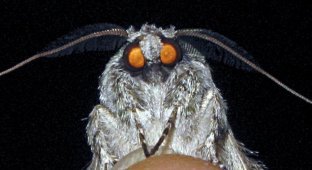Mushrooms appear after the rain. Do you know who appears after rainfall in Australia? A swarm of giant moths! Their wingspan reaches the size of a palm, and their eyes glow in the dark. After this, it’s not a sin to pack up all your things and head off to the desert so as not to see either the rain of water or the rain of insects! 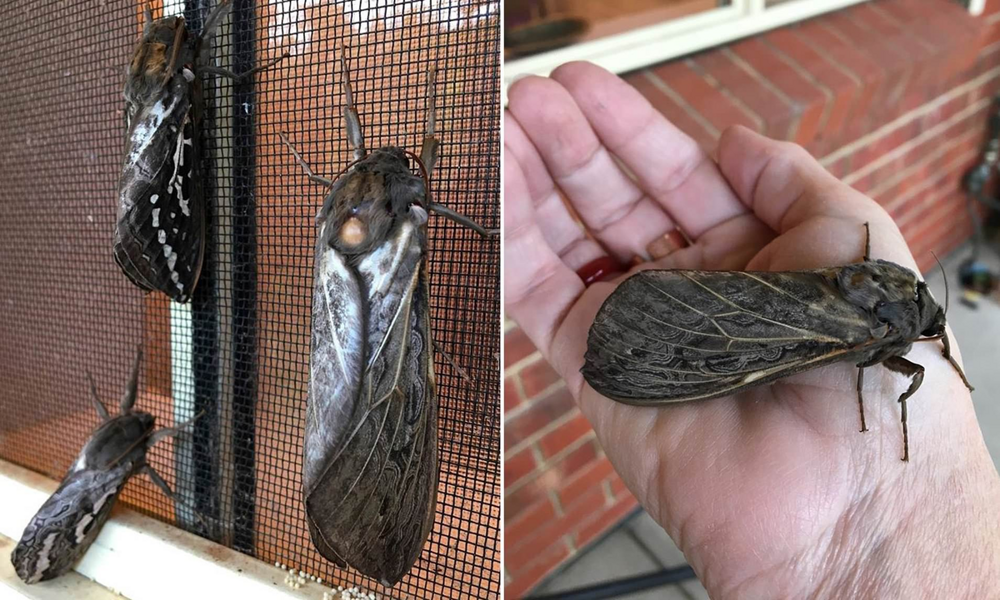
In Australia, this animal is called differently - bardi, wikerie, or rain moth. All these nicknames refer to one unremarkable moth. True, it is unremarkable only in its gray coloring. Its size is more than noticeable: it is one of the largest butterflies in Australia! With its wings spread, the rain moth covers the middle palm! 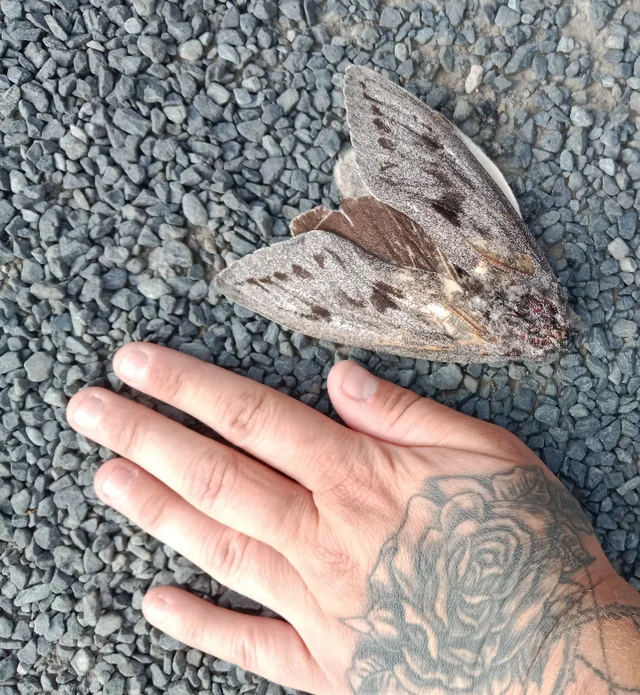
How could you miss such a big moth?!
Why are moths called rain moths? Because they appear strictly during autumn showers. And not just one at a time: bardi come out into the world in a swarm of thousands! Rain moths are the most prolific nonsocial insect. One female can lay more than 44,000 eggs! 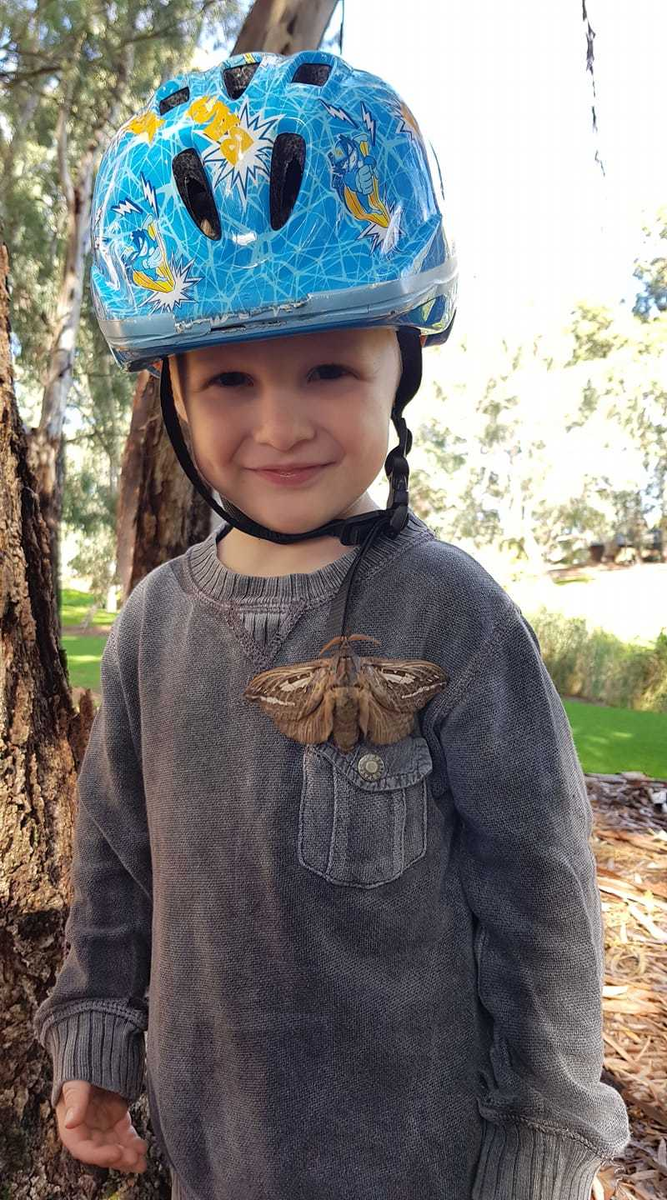
What a cute brooch your child has! Can you tell me where you got it?
The winged horde becomes a terror that flies on the wings of the night. Giant insects fluttering in the dusk, hitting windows, flying into the light of lanterns and headlights, crashing into glass, flying into houses. To be fair, our moths do the same thing. Only they are not the size of a bat! 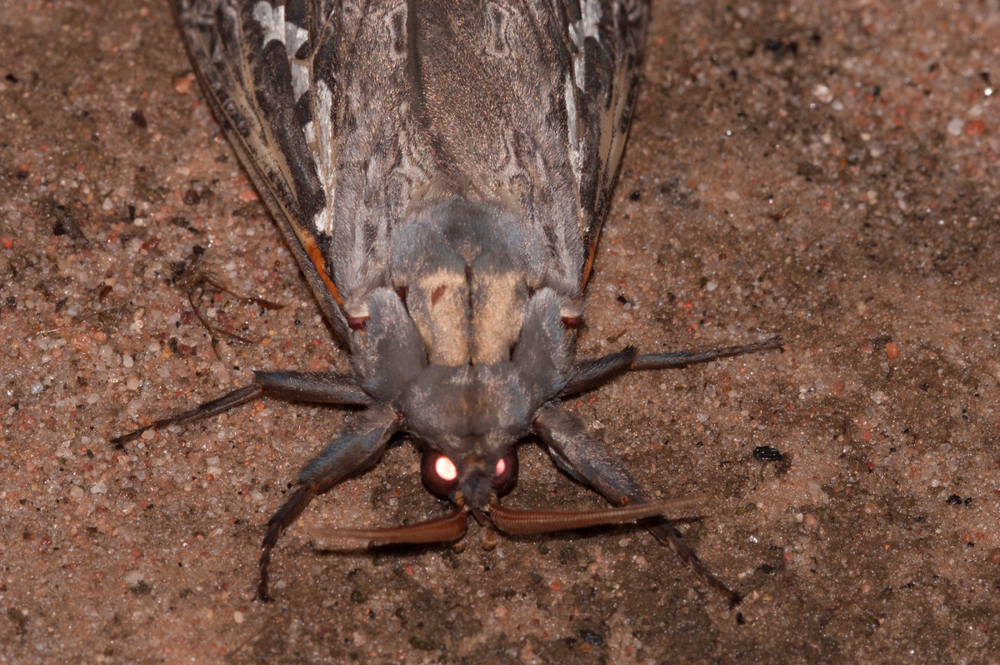
Not only that, but her eyes glow in the dark!
But the furry giant poses no threat. Quite the contrary. Everyone is waiting for the appearance of butterflies! For insectivorous animals, the flight of the bardi is marked by a feast. Rain moths are hunted by bats, insectivorous birds, owls and even people. The Aborigines loved to cook moths. They described their taste as “buttery and woody.” Farmers are also eagerly awaiting the appearance of the moths. Some butterflies wake up earlier than expected: not after the rain, but before it. This means that they foretell precipitation and the subsequent harvest. 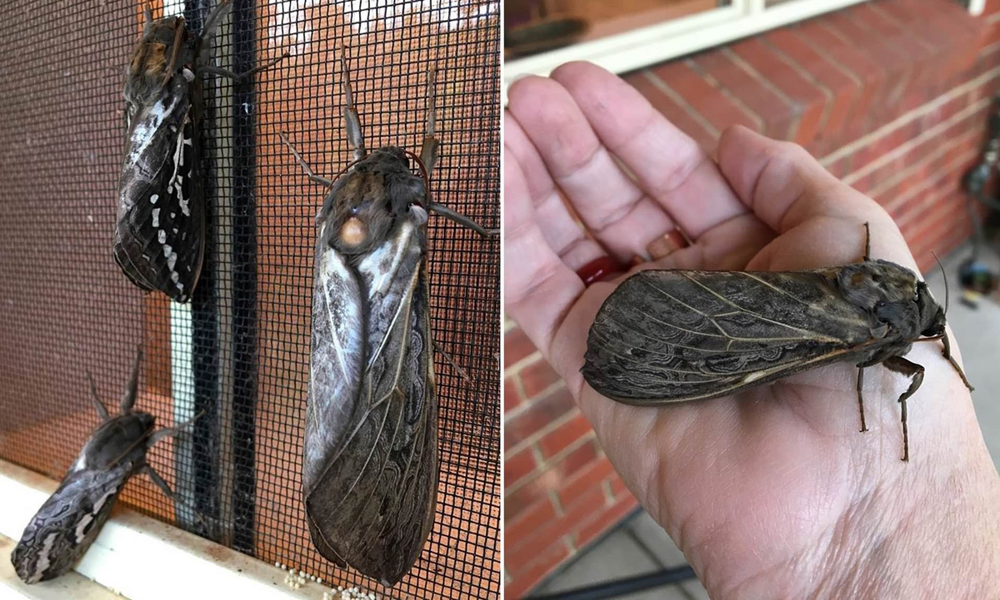
Hello, this is the weather forecast! Happy news for farmers, my colleagues will be moving the sediment tomorrow and the day after tomorrow!
Scientists explain the obsession of insects with rain by the fact that rain helps wash eggs into cracks in the ground. When the larvae are born, they will be safe, sound and safe. After all, a grandiose flight is made for the sake of one thing - love. Rain moths live for only a day, and during this time they must find a soul mate, mate and leave offspring. And the butterflies are whittling thousands of babies: remember about the laying of 44,000! 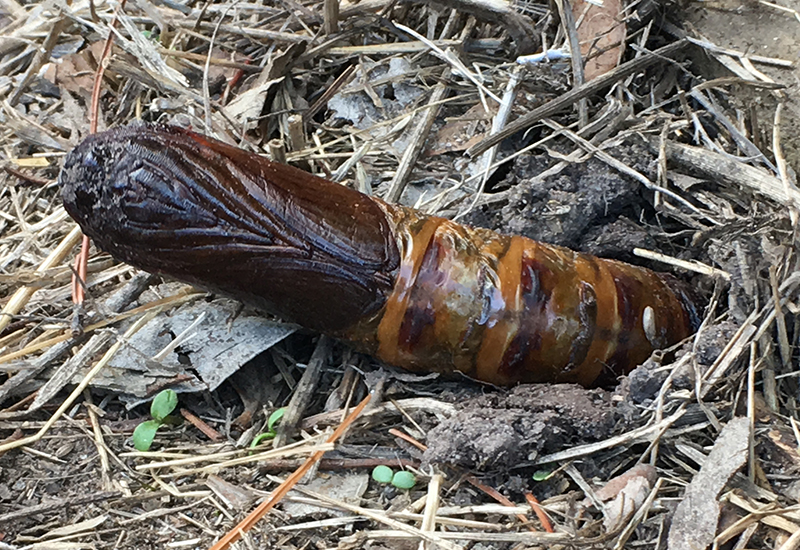
After summer, these skins from molting remain on the ground.
The younger generation quietly and peacefully gnaws on eucalyptus and the Australian bush, waiting until late autumn - April-June. When the time comes, the larvae, wrapped in silk, will turn into butterflies to show the world one of the most unusual phenomena in nature! 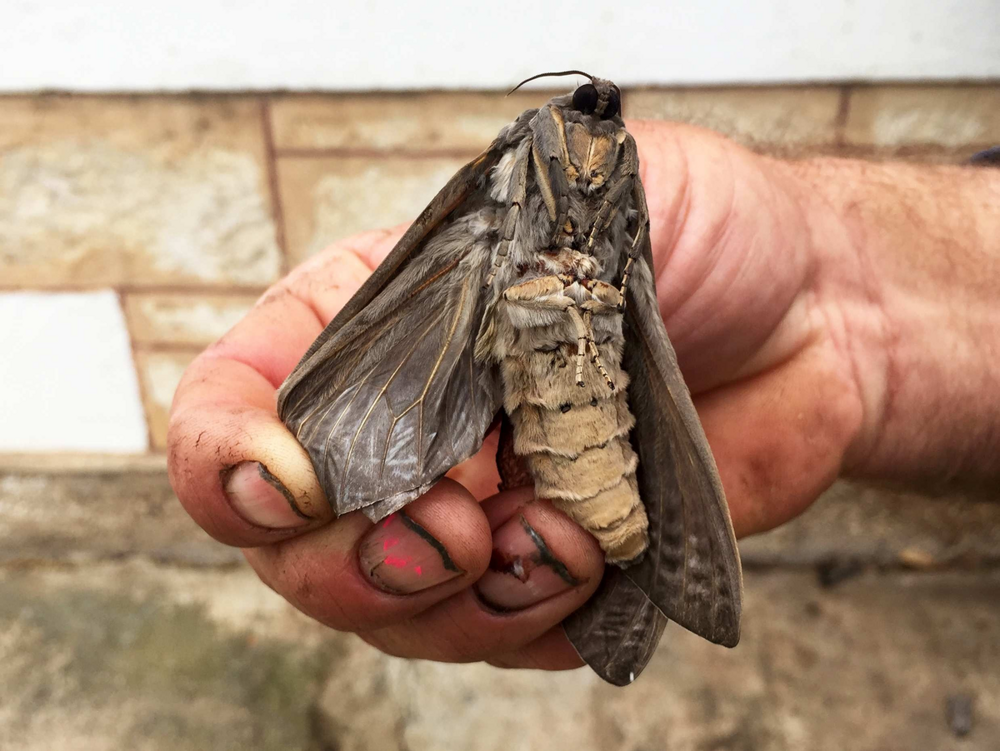
Add your comment
You might be interested in:












